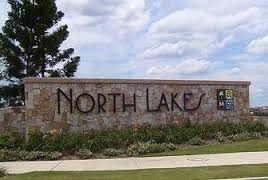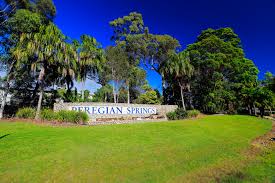Nundah is located about 9km north-east of the Brisbane CBD and has been increasing in popularity over the last few years. The area has attracted a wide range of residents from retirees, to young families and couples. In recent years, renovation activity has also had a positive effect on property prices, and the whole suburb has received a significant makeover. Given its close proximity to the CBD, airport and major transport routes, Nundah has also seen the growth of medium density units. However, the majority of residential properties in the suburb remain single-unit dwellings. Local amenities add to the suburb’s attractiveness. There are a number of state and private schools in neighbouring suburbs catering for both primary and secondary school children. The closest hospital, the Royal Brisbane, is only 15 minutes away. The nearby Toombul Shopping Centre provides residents with major retail and supermarket outlets, while the refurbished Nundah Village Shopping Centre opened in 2008. A bit further out to the north on Gympie Road is Westfield Chermside. The Sandgate Road-Nundah bypass has dramatically improved the main shopping strip and high street shopping is a popular alternative to visiting shopping centres. Nundah has numerous parks, bike and walkways as well as Scout and Girl Guide associations. Kedron Brook runs through Nundah, Hendra and Wooloowin and has walking and biking paths running alongside. Residents also have access to excellent public transport services with the northern train line running through the area and Albion, Wooloowin, Eagle Junction, Toombul and Nundah train stations all close by. Regular bus routes also make getting into and out of the city easy. Brisbane’s domestic and international airports are easily accessible by car or the Air Train. Source: REIQ
- Fast Facts
- About
- Property Facts
- Education
- Things to See and Do
- History
- Shopping
Fast Facts about Nundah
- Population 11,000
- Median Property Price House: $670,000 Unit: $420,000
- Median Rent House: $429 PW Unit: $390 PW
- Number of schools 4
- Location 9Km northeast of Brisbane CBD
Gallery
- Satellite
- Transit
- Bike
- Comparables





0 Comments